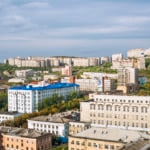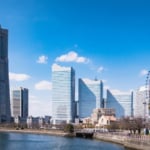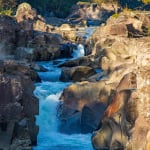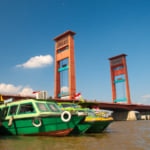Name: Kitaibaraki
Address: Kitaibaraki City, Ibaraki Prefecture
Official Website: https://www.kitaibarakishi-kankokyokai.gr.jp/page/dir000231.html
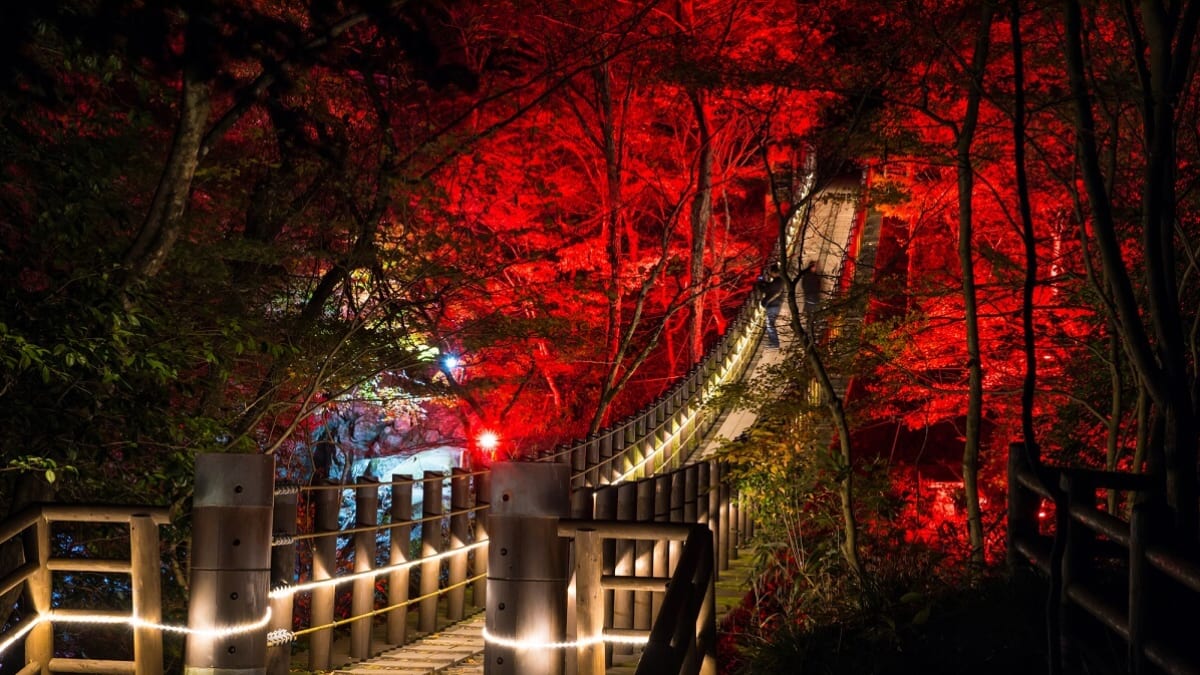
8 Scenic and Nature-Filled Tourist Spots to Enjoy in Ibaraki During Winter
Ibaraki Prefecture is blessed with abundant nature and is known for its cold winters and significant temperature differences. But Ibaraki isn’t just about the cold—there are many tourist spots that you can enjoy specifically during the winter season. Here are 8 recommended places to fully experience winter in Ibaraki.
table of contents
[x] close
8 Scenic and Nature-Filled Tourist Spots to Enjoy in Ibaraki During Winter
- 1. If you want to enjoy Ibaraki’s king of winter flavors, monkfish, head to Kitaibaraki!
- 2. The snowy natural beauty of Ibaraki: Fukuroda Falls
- 3. Not just for shopping—dazzling illuminations at Ami Premium Outlets
- 4. Tsukuba Mountain: A nature-rich tourist spot
- 5. Kasumigaura General Park: Home to One of Japan’s Largest Windmill Illuminations
- 6. Ice Tulips Blooming in Winter at Hitachi Seaside Park
- 7. Kashima Shrine: Ibaraki’s Leading Power Spot
- 8. Tsukuba Mountain Hot Springs: A Relaxing Onsen Destination in Ibaraki
- ◎ Summary of Ibaraki’s Winter Tourist Spots
1. If you want to enjoy Ibaraki’s king of winter flavors, monkfish, head to Kitaibaraki!
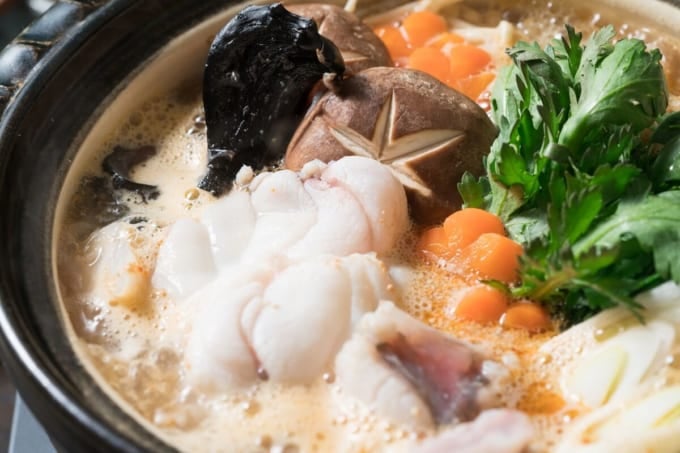
Ibaraki Prefecture faces the Pacific Ocean and is famous for its abundance of seafood. Among them, monkfish (ankou) is particularly well-known. Tourists flock to Kitaibaraki, where fresh monkfish landed at Hirakata Port are prepared and served right away. The ultra-fresh ankō nabe (monkfish hot pot) warms you up from the inside. In winter, many inns and hotels in Kitaibaraki serve monkfish dishes, making it a popular destination for visitors. Besides the classic ankō nabe, you can also enjoy ankimo (monkfish liver) and deep-fried monkfish.
The exquisite dobujiru soup, with the rich flavor of ankimo melted into it, is a local specialty you can only enjoy in Kitaibaraki during winter. Soaking in the hot springs of Kitaibaraki, like Isohara Onsen, while savoring monkfish dishes offers a luxurious and relaxing time. Highly recommended!
2. The snowy natural beauty of Ibaraki: Fukuroda Falls
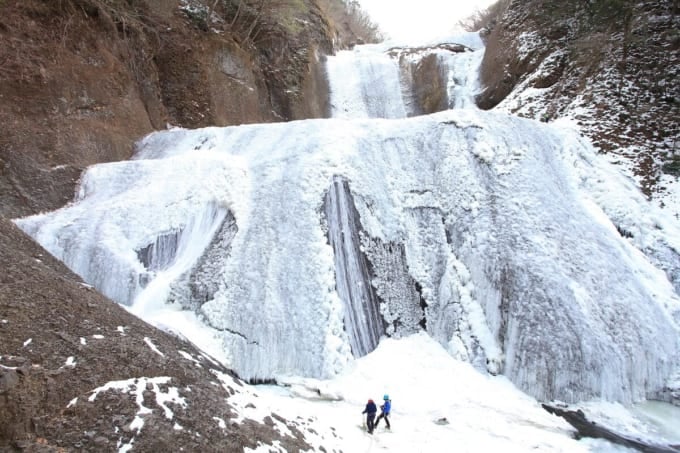
One of Ibaraki’s most famous scenic spots is Fukuroda Falls in Daigo Town, Ibaraki. It's a tourist destination bustling with visitors year-round. Fukuroda Falls shows different faces each season, but winter is especially magical. From early November to mid-February, the falls are illuminated at night. The lights, which gradually change colors, create a fantastic nighttime view that draws many visitors.
Depending on the water flow, the way the lights and falls appear varies, offering a different experience each time you visit. During Ibaraki’s chilly winters, Fukuroda Falls, located in the mountains, can sometimes freeze. Witnessing such a powerful waterfall frozen solid is a rare and captivating sight.
Name: Fukuroda Falls
Address: 3-19 Fukuroda, Daigo Town, Kuji District, Ibaraki Prefecture
3. Not just for shopping—dazzling illuminations at Ami Premium Outlets
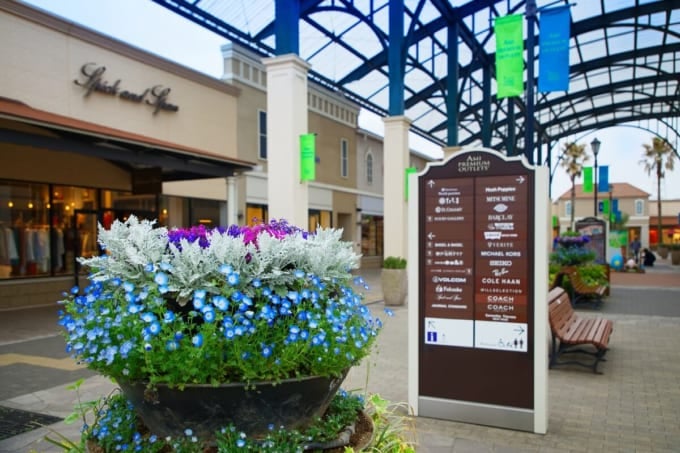
Ami Premium Outlets in Ami Town, Ibaraki, is a popular destination where you can shop for fashion, cosmetics, and local gourmet foods at outlet prices. It’s always lively with locals and tourists alike. During winter, the outlet hosts the Ami Premium Outlets Winter Illumination. As one of the largest in Ibaraki, it features 270,000 LED lights. In the main area, Galleria, champagne gold and white lights wrap the surroundings in a dreamy atmosphere.
There are photo spots set up throughout the area, perfect for commemorative pictures. Since it connects directly to the Ami Interchange, it’s also a great drive destination. Don't miss the winter sales while you’re there!
Name: Ami Premium Outlets
Address: 4-1-1 Yoshiwara, Ami Town, Inashiki District, Ibaraki Prefecture
Official Website: http://www.premiumoutlets.co.jp/en/ami/
4. Tsukuba Mountain: A nature-rich tourist spot
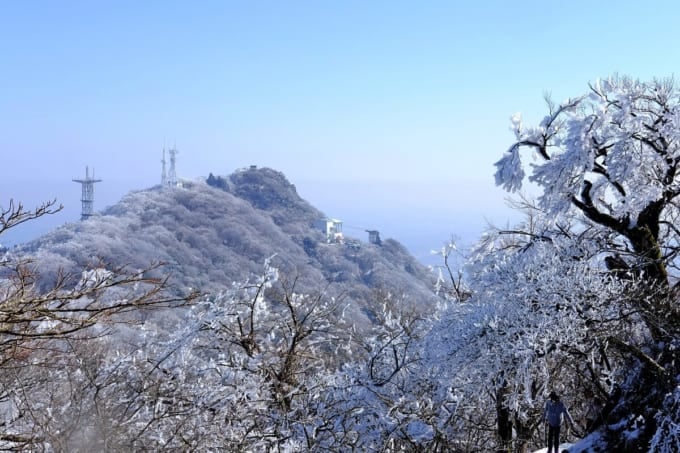
Mount Tsukuba is known as one of Ibaraki’s most nature-filled tourist destinations. Along with Mount Fuji, it’s famous for the breathtaking views from its summit. In winter, you can enjoy the Tsukuba Mountain Ropeway Illumination event, held from late autumn through winter. About 10,000 lights decorate the station area, welcoming visitors in a magical glow. The lights are on daily from 5 p.m. to 9 p.m.
Sunset is the best time to visit—on clear days, you can see Tsukuba City, Tsuchiura City, and even as far as Tokyo and Saitama. After sunset, a stunning panoramic night view and a star-filled sky await you. Every year, more than 10,000 visitors come to witness this spectacular winter sight.
Name: Mount Tsukuba
Address: Tsukuba, Tsukuba City, Ibaraki Prefecture
5. Kasumigaura General Park: Home to One of Japan’s Largest Windmill Illuminations
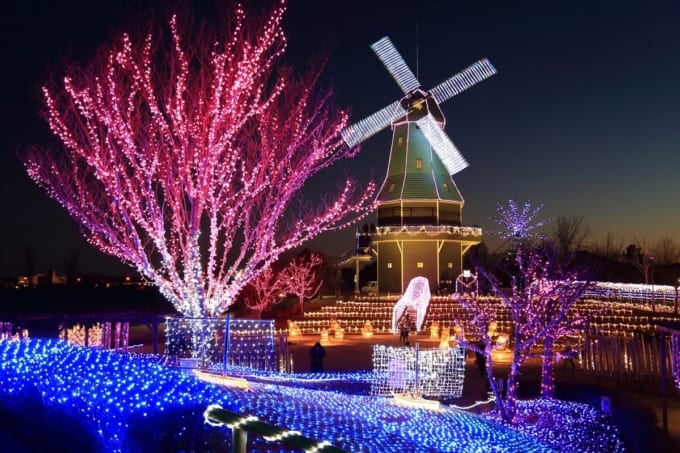
Kasumigaura is one of Ibaraki Prefecture’s most famous natural spots and is known as Japan’s second-largest lake. In Tsuchiura City, along the lakeside, you’ll find Kasumigaura General Park, a popular family-friendly destination. One of its highlights in winter is the annual illumination event held from late autumn through the winter season. While winter illuminations are a common sight, what sets Kasumigaura General Park apart is its massive Dutch-style windmill, which becomes one of Japan’s largest illuminated windmills.
Originally a landmark attracting locals and tourists with its charming windmill, the park becomes even more captivating in winter. The windmill’s blades glow beautifully as they rotate, creating a mesmerizing sight. You can also enjoy displays of ice tulips blooming in winter. It’s a tourist destination where you can experience a variety of winter illuminations and beautiful light art.
Name: Kasumigaura General Park
Address: 1051 Oiwata-machi, Tsuchiura City, Ibaraki Prefecture
Official Website: https://www.city.tsuchiura.lg.jp/page/dir000574.html
6. Ice Tulips Blooming in Winter at Hitachi Seaside Park
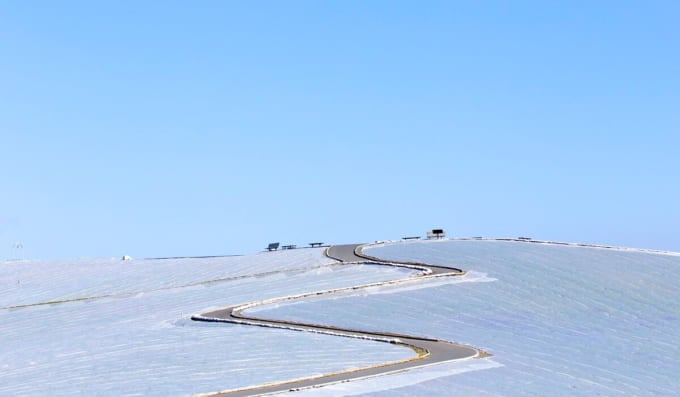
Located in Hitachinaka City, Ibaraki, Hitachi Seaside Park is a major winter leisure destination. It features attractions like a Ferris wheel and roller coasters, making it fun for the whole family. The park is famous for its vibrant flower displays year-round.
During winter, a must-see is the ice tulips, which bloom in the colder months. You can view them inside the glasshouse. Other winter flowers include wintersweet (roubai), plum blossoms (ume), and adonis flowers (fukujusou). As spring approaches, about 80,000 cold-resistant winter rapeseed flowers (nanohana) bloom on Suisen Hill, turning the area in front of the old folk house into a field of yellow flowers. The traditional house and flowers create a picturesque and nostalgic scene.
Miharashi Hill is covered with frost-protection sheets, making it look as if it’s blanketed in snow. Hitachi Seaside Park in Hitachinaka City, Ibaraki, is filled with fun outdoor winter activities and is highly recommended for a family getaway during winter vacation.
Name: Hitachi Seaside Park
Address: 605-4 Mawatari Aza Onuma, Hitachinaka City, Ibaraki Prefecture
7. Kashima Shrine: Ibaraki’s Leading Power Spot
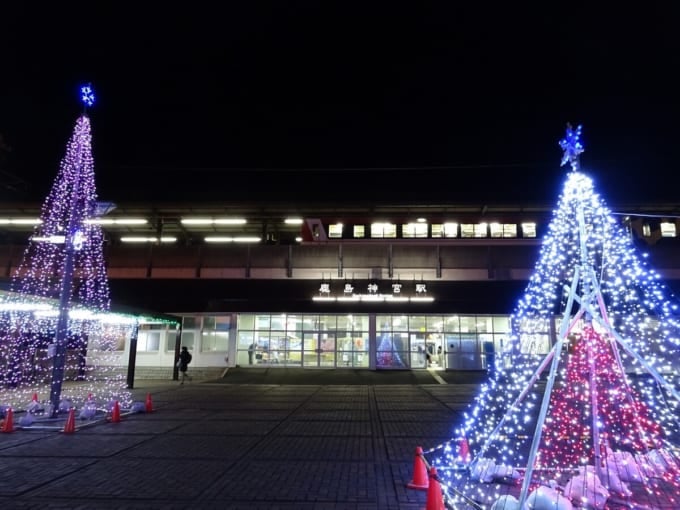
Located in Kashima City, Ibaraki, Kashima Shrine is one of the prefecture’s most famous spiritual sites and a popular destination for tourists. Every New Year, it is crowded with visitors for hatsumode (first shrine visit of the year). The nearest station is Kashima-Jingū Station, and during winter—especially from December to early January—the area around the station is lit up.
The main tree at the station’s rotary is adorned with colorful LED lights, creating a magical atmosphere. Kashima Shrine itself is one of Japan’s oldest shrines, said to have been founded in 660 BC. With its deep history and tradition, it draws large crowds every year. During winter, the combination of the shrine visit and the illuminations attract about 100,000 people annually. It’s a must-visit spot to experience Ibaraki’s winter.
Name: Kashima Shrine
Address: 2306-1 Miyacho, Kashima City, Ibaraki Prefecture
8. Tsukuba Mountain Hot Springs: A Relaxing Onsen Destination in Ibaraki
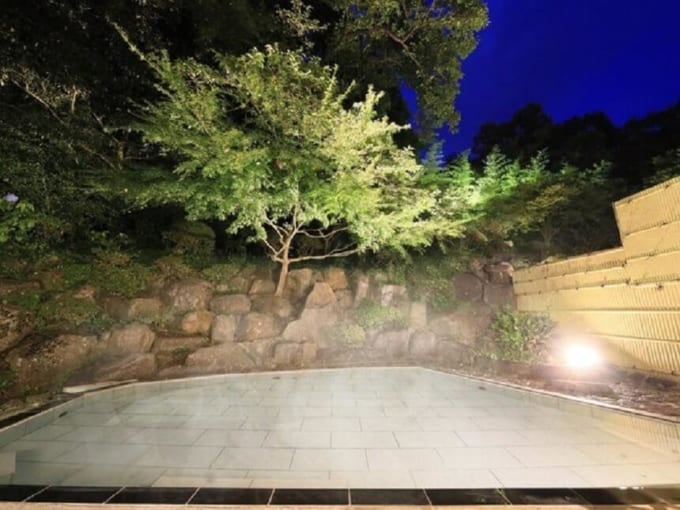
Hot springs are a must during winter! Ibaraki is blessed with many onsen areas surrounded by nature, but Tsukuba Mountain Hot Springs at the foot of Mount Tsukuba offers spectacular views. There are many hot spring inns and hotels where you can soak in an open-air bath while gazing at snow-covered mountains.
The day-use onsen facility "Tsukuba no Yu" is also recommended. Around the foot of Mount Tsukuba, you can savor local specialties such as Tsukuba Udon and Tsukuba Chicken Oyakodon.
In winter, the Tsukuba Mountain Ropeway is illuminated, and because the mountain isn’t too high, you can enjoy hiking with great views. After a winter hike up Mount Tsukuba, it’s highly recommended to relax in the Tsukuba Mountain Hot Springs.
Name: Tsukuba no Yu
Address: 64-9 Tsukuba, Tsukuba City, Ibaraki Prefecture
Official Website: https://tsukubanoyu.com/
◎ Summary of Ibaraki’s Winter Tourist Spots
Ibaraki in winter features snow-capped mountains, serene nature, and the wild winter sea. Tourist destinations are decorated with beautiful illuminations, and there are breathtaking natural sceneries that can only be seen in winter. Why not take a trip to Ibaraki this winter? Don’t miss out on local delicacies like ankō and Tsukuba udon, or the experience of soaking in an onsen while enjoying incredible views.
RELATED ARTICLES
REGIONS
CATEGORIES
FEATURED ON Ibaraki
-
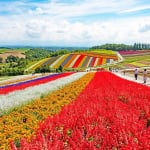
Where will you go for the summer vacation? Introducing recommended spots for domestic travel
-
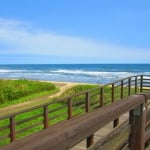
Carefully Selected Sightseeing Spots in Hokota, Ibaraki! Recommended Spots on Both Sea and Land
-

[4-Day Weekend Outings] If You’re in Kanto, Here’s Where to Go! Prefecture-by-Prefecture Low-Crowd Spots
-
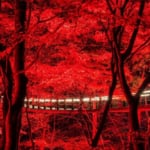
We introduce 5 recommended sightseeing spots in Takahagi City, Ibaraki Prefecture!
-
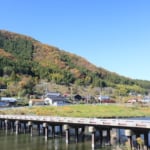
We will introduce 5 recommended sightseeing spots in Hitachiomiya City, Ibaraki Prefecture!
MOST POPULAR ON Ibaraki
-
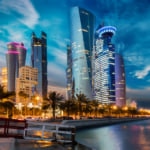 1
1Doha: Must-see Attractions in the Capital of Qatar
-
 2
2Toronto: 10 Things to do in this Picturesque Canadian City
-
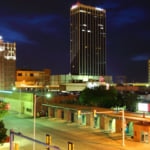 3
3Amarillo: A City Famous for It’s Amazing Canyons, Great History and Music
-
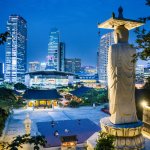 4
4South Korea: Dazzling Scenery, Rich Culture and Fascinating History
-
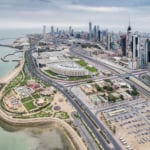 5
5Kuwait: A Country in Middle East Asia Famous for Hot Sand Dunes and Stunning Cityscape

